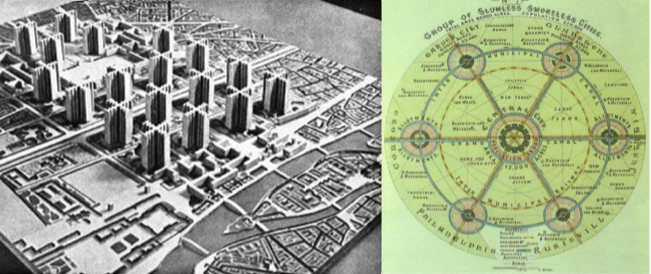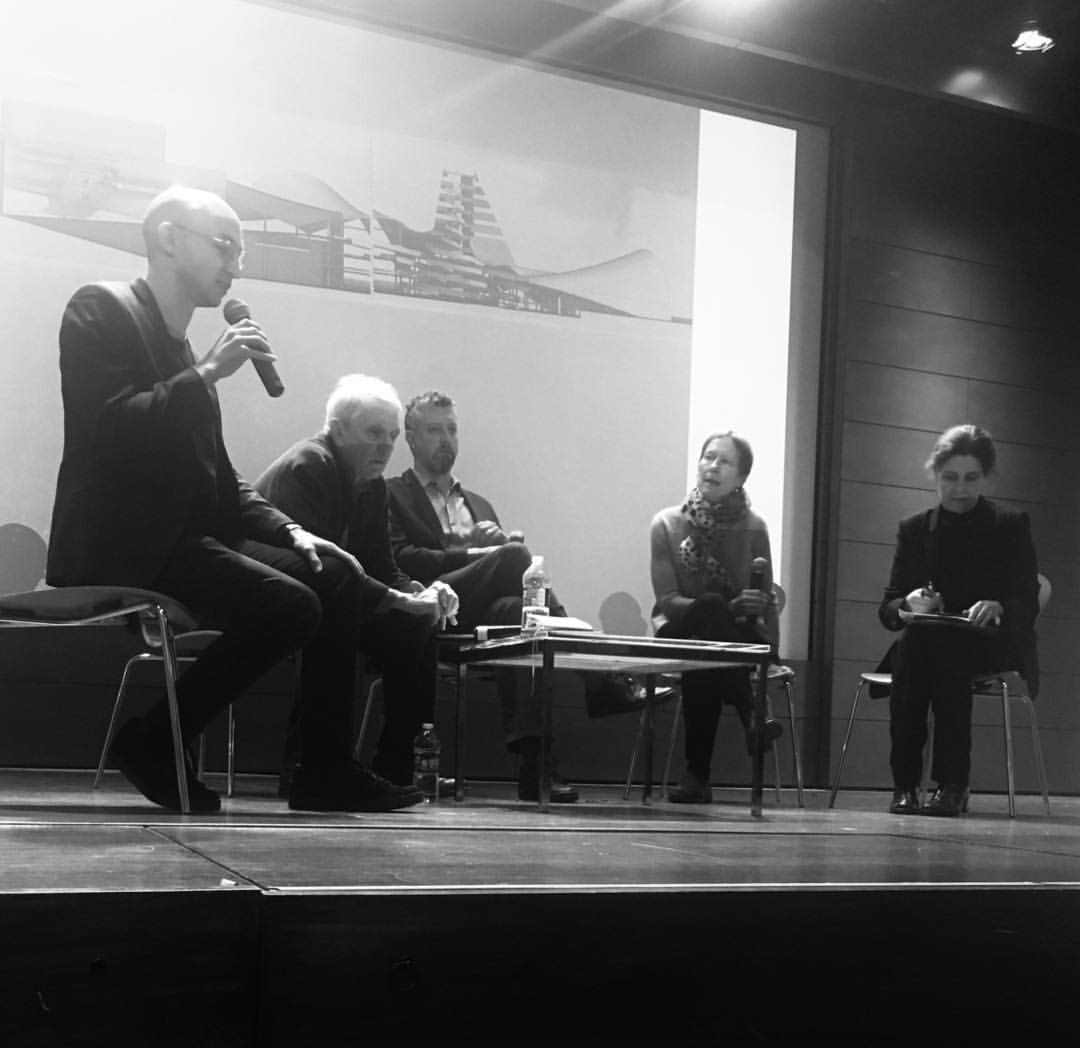


In this singular quest, Anthony Vidler has emerged as perhaps the most articulate architectural historian of the modern period and certainly as one of the most sympathetic critics of the postwar avant-gardes.

In both historical and contemporary pairings, Vidler’s continuing interest has been in the confluence of new languages and new institutions, a desire for the realignment of form and politics in the cause of a critical architectural project. To follow Vidler’s historical and theoretical course, then, has always been to map the trajectory of postwar avant-garde production.

Consequently, his present book on the uncanny seems to deliver at once the “romantic” follow-up to that seminal study of late Enlightenment French architecture while accounting for the fragmentary and exploded forms of the more recent deconstructivists. In The Writing of the Walls, Vidler established a historical ground for his parallel critical exposition of a “third typology” within the then-contemporary practices of the neorationalists almost two decades ago. While the choice of most of these architects seems obvious with regard to an investigation into the unheimlich, in the case of others the uncanny appears to turn up in the strangest of places. While the first part of this collection contains an historical overview of the theme of the uncanny since its emergence in the early nineteenth century (with the haunted houses of the romantics, the archaeological excavations that would reveal the “dark side of classicism,” and the related excursions of philosophy and psychology into the sublime and the unconscious), the second and third parts extend this theme into recent architectural and urban projects by designers such as Coop Himmelblau, James Stirling, Bernard Tschumi, Peter Eisenman, Elizabeth Diller and Ricardo Scofidio, Rem Koolhaas and the Office of Metropolitan Architecture, Wiel Arets, and John Hejduk. First appearing in often fugitive publications between 19, Anthony Vidler’s diverse yet oddly familiar essays have found a convenient and timely second home in The Architectural Uncanny.


 0 kommentar(er)
0 kommentar(er)
